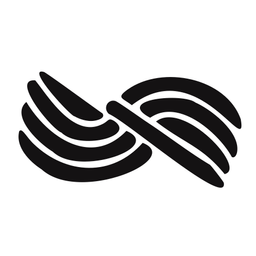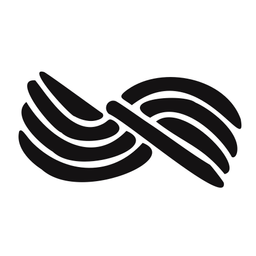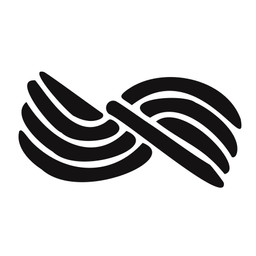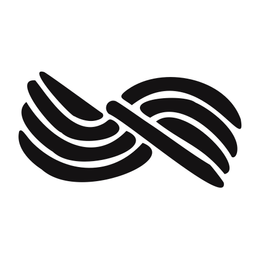Fly fishing gear: What's essential, what's optional?
Here are the four pieces of gear you really need to get started fly-fishing

Like many fly anglers, I have GAS. And I have it bad.
No, not the gas station food pyramid kind.
I'm talking Gear Acquisition Syndrome.
I'm always willing to throw a few dollars at whatever impulse purchase item that a fly shop may have near the register, resulting in a bin of dusty bits and bobs that just don't get used.
Don't repeat my gear acquisition mistakes
Fly anglers often describe bait fishermen as "gear" anglers. But there's no lack of flashy fly fishing gear available.
Getting started on your fly fishing journey is exciting, but figuring out what gear you need can be overwhelming.
You don't need all of it. And, a lot of it can be stuff with other uses that's repurposed.
Take, for instance, your first pair of nippers. They can be the nail clippers in your medicine cabinet. Keep those around until you really need a pair with a straight jaw and a hole for a zinger clip. Then, maybe upgrade to the cheapest kind you find at the fly shop.
The sky's the limit: you can spend $320 on nippers. I am not joking. Or you can use the ones you already have. Choose wisely.
There are really only four things you need. The rest you can add gradually. Remember: once you have these basics, good fly presentation and drag-free drift will catch more fish than the fanciest gear.
Essential gear
- A fly rod
A rigged rod (including a reel I guess, if you're too cool for tenkara) is fundamental. That includes a rod, reel, backing, a fly line, and a 5x leader - Some flies
A dozen flies spread across dry, nymph, wet, and streamer should do. - Extra tippet
A spool of spare tippet, maybe 5x is a good place to start - Something to cut tippet with
Nippers (aforementioned nail clippers will do)
That's it. That's really all you need. Learn your knots. Wear polarized sunglasses or some sort of eye protection. Figure out how to release fish carefully without a net. (Or bring a net) Bring a raincoat and a snack. Get out there.
Optional gear
- Everything else
I'm being a bit facetious, but you get the drift.
You'll eventually need another leader, or a box for your flies.
Maybe a net will come in handy.
You might even opt for waders. But for now, you don't need much.
Keeping things in perspective
Don't let gear acquisition overshadow the real goal: enjoying time on the water and learning the art of fly-fishing. As you progress, you'll naturally discover what additional gear is necessary for the kind of fishing you want to do.
I've seen many experienced anglers ultimately ditch much of their gear, sticking only with a few favored rods. Same with fly-tiers; some ultimately focus on around a dozen patterns that work the best for them:
The more you know, the less you need.
So focus on getting that foundational knowledge, and go from there.
𓆟 𓆝 𓆟
More from the Tools pillar:
Knots
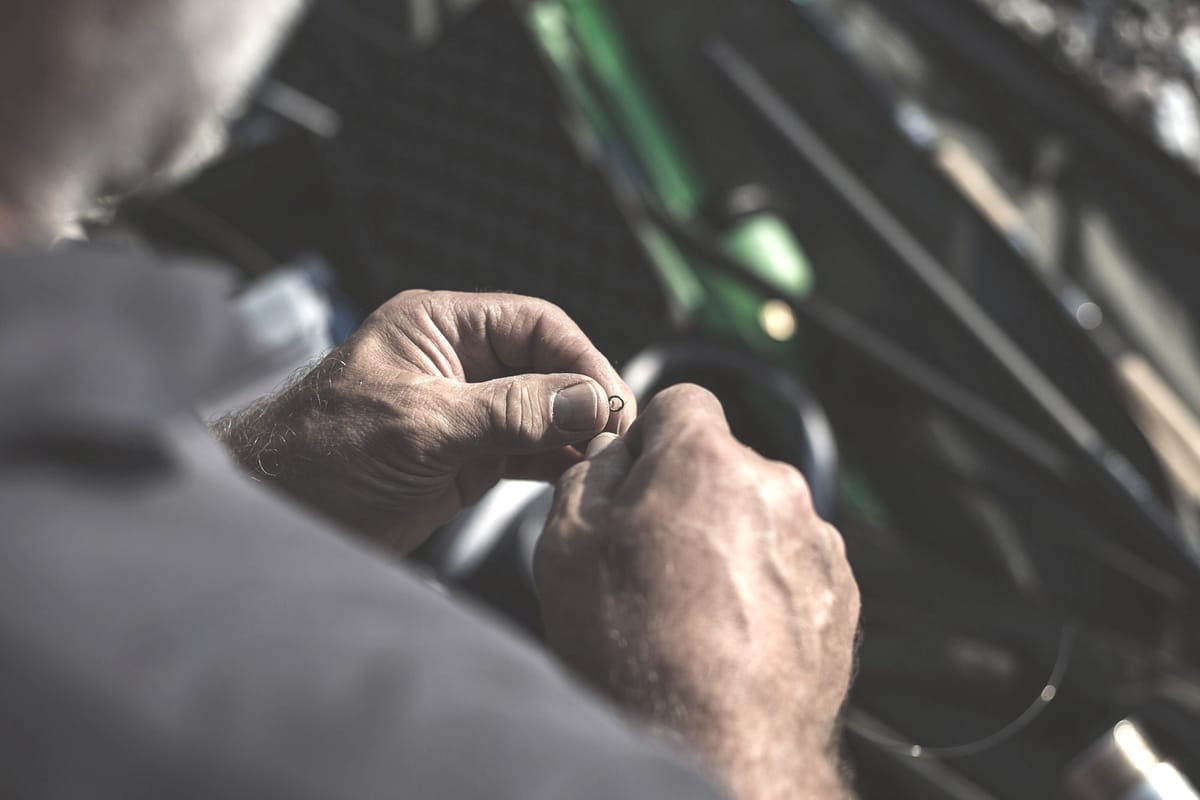
Rods and rigging

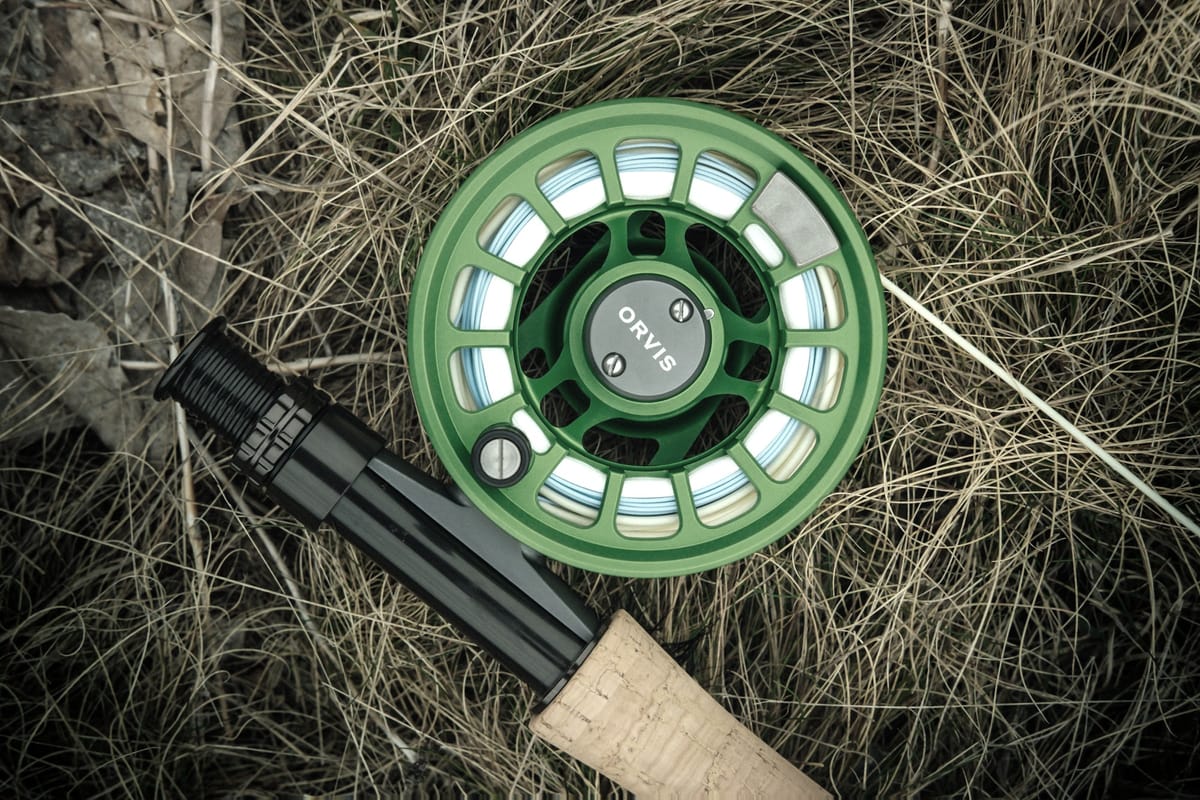
Spending smart


